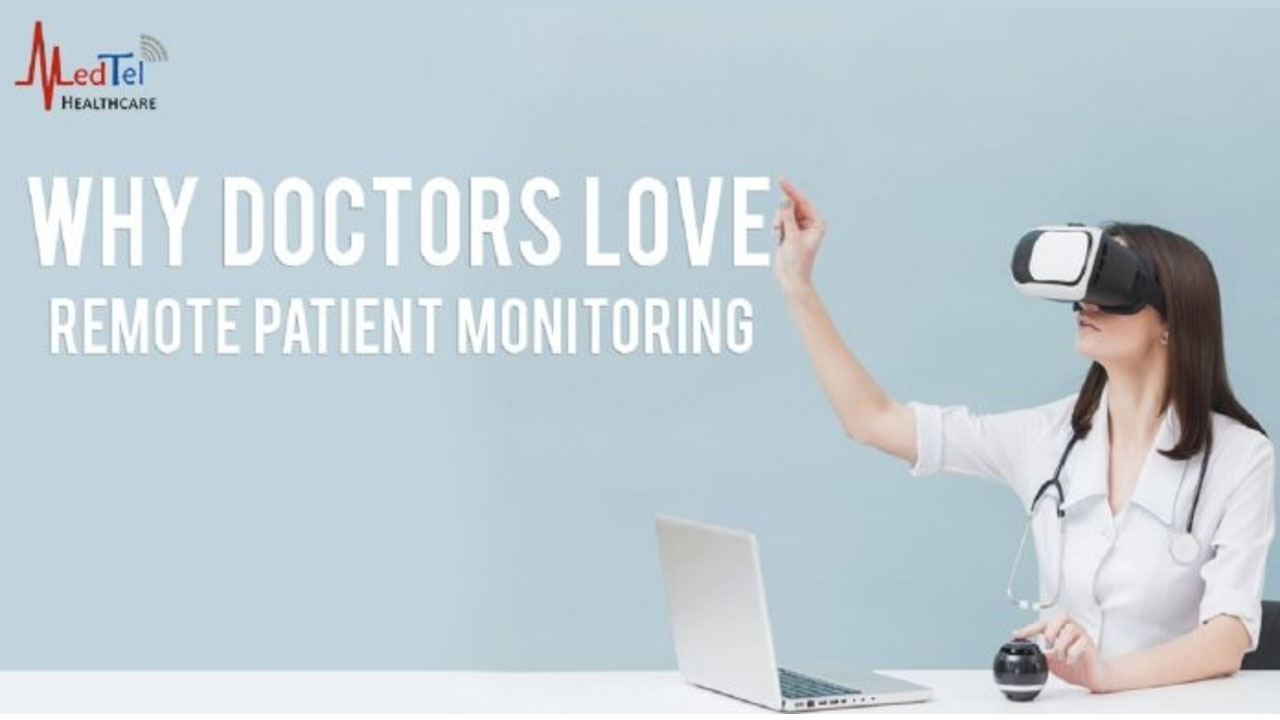Why Doctors Love Remote Patient Monitoring (And You Should, Too!)
Connected care has emerged as a major driver of healthcare’s digital evolution. Technologies like AI and Big Data are giving care providers valuable data to work with to help them streamline care and make it more patient-centric. Among the digital health technologies in widespread use today – wearable sensors, electronic health records (EHRs), telemedicine, to name a few – one is fast becoming an indispensable tool for doctors: remote patient monitoring (RPM). Revolutionary and with the capability to significantly alter healthcare delivery, it bridges the gap between doctors and patients.
Here are a few top reasons remote patient monitoring is loved by physicians – and why you should too!
Increases Access to Care
India has huge inequality in healthcare distribution. Around 75% of the population lives in rural areas where access to basic healthcare is lacking and doctor shortage is rampant. Remote patient monitoring connects this underserved population with doctors. It facilities the exchange of patient information and enables doctors to dispense treatment quickly and efficiently. Remote patient monitoring is especially useful for chronically ill patients and those who require specialist care but have no access. Doctors can track their metrics in real-time, create a tailored treatment plan, and ensure it’s followed.
Lowers the Risk of Infection
Healthcare-acquired infections (HAIs) are infections that patients develop while receiving care in various healthcare settings. These infections can be contracted through the use of devices like ventilators and catheters. Infections can also occur at surgery sites. While all hospitalised patients are susceptible to developing HAIs, some are at greater risk. Remote patient monitoring can greatly lower – even eliminate – this threat. As patients receive care in their own homes and use devices that are not shared, there’s a much smaller risk of contracting HAIs.
Cuts Costs
Healthcare is expensive but is much more so for patients living in far-flung regions. Remote patient monitoring can help reduce costs by eliminating the need to travel for care except when absolutely necessary. Doctors benefit too: by interacting with patients remotely instead of visiting them physically, they make better use of their time and get more done. However, the biggest savings are seen by hospitals. Remote patient monitoring reduces in-person staff engagement and reduces readmissions, allowing hospitals to direct resources to new patients and increase their revenue.
Scalability
Physician shortage – from primary care providers to specialists – is a real problem and even more so in rural areas. A viable solution is remote patient monitoring. By integrating information technologies, RPM places patients at the centre of care no matter where they live. It provides a pathway for patients to seek care and physicians to provide it, help manage chronic conditions, adjust care plans if necessary, and deliver ongoing support. What’s more, remote patient monitoring is highly scalable to accommodate growing populations.
Home Medical Care
Homebound patients can often be hard to care for because of their inability to make hospital visits. However, remote patient monitoring can empower them to manage their own health. By providing care to patients in the comfort of their homes, doctors can educate them about self-care, how to conduct tests using wearable technology, when and how to self-medicate, what to eat and avoid, etc. This ongoing education is extremely valuable as patients learn to take responsibility for their health, reducing hospital admissions and readmissions and healthcare costs.
Strengthens Doctor-patient Relationship
There is often talk that remote patient monitoring and telemedicine as a whole removes the personal element in doctor-patient relationships. However, this isn’t true. In fact, RPM enhances it as patients can quickly contact their physicians when needed rather than travel to their office. Doctors, in turn, can send reminders to schedule appointments, log in for consultations, recommend treatment methods, send prescriptions, etc.
Reduces Physician Burden and Improves Healthcare Efficiency
Owing to the stressful nature of the work, medical professionals are at high risk of occupational burnout. In a report surveying resident doctors in Mumbai’s public sector hospitals, which was published in the Indian Journal of Community Medicine:
- 66% of survey respondents produced scores that indicate burnout.
- 14% showed work-related burnout.
- 67% indicated client-related burnout.
- As much as 66.67% showed personal burnout.
This burnout syndrome reduces motivation and work efficiency, which in turn negatively affects patient outcomes. By automating process redundancies and offloading certain time-consuming manual tasks, remote patient monitoring can reduce the burden on physicians and improve the efficiency of healthcare delivery.
Remote patient monitoring is shifting healthcare towards a patient-centric, rather than a provider-centric, model. Care is now moving beyond the usual in-person visits to encompass virtual patient engagement, continuous patient monitoring, medical record reviews, educational information, helpful reminders, and much more. Today, care providers are harnessing RPM to monitor conditions like heart disease, diabetes, dementia, and weight issues among others. In the future, we can expect to see expanded levels of patient support and care.
